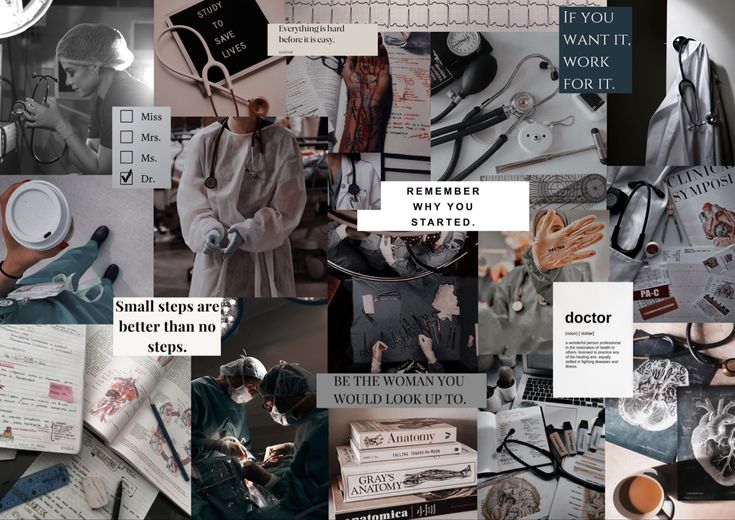Micturition
Cards (68)
- What is micturition?
- What structures are involved in the transport of urine from the kidney to the bladder?
- What is the renal pelvis?
- What is the function of the ureter?
- How long is the ureter?
- What mechanism drives urine transport in the ureters?
- What controls peristalsis in the ureters?
- How does the autonomic nervous system regulate ureteral peristalsis
- How does urine move despite gravity?
- What prevents urine reflux from the bladder into the ureters?
- What is the vesicoureteral reflux (VUR)?
- What is the function of the urinary bladder?
- What type of epithelium lines the bladder?
- What is the function of the detrusor muscle?
- What are the two sphincters that control urine flow?
- Where is the internal urethral sphincter located?
- What nervous system controls the external urethral sphincter?
- What is the role of the pudendal nerve in micturition?
- Why is the trigone clinically significant?
- What neurotransmitter is released by parasympathetic nerves to the bladder?
- What neurotransmitter is released by the pudendal nerve?
- Which nervous system division is dominant during bladder filling?
- What happens to the detrusor muscle during bladder filling?
